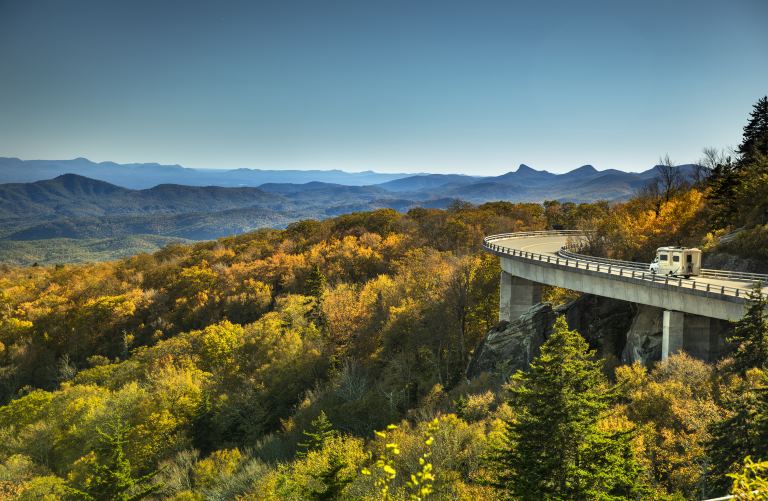Latest Travel Alerts and Warnings for Visitors to Chile
What are the issues affecting travelers in Chile? Read the latest travel warnings and alerts.
 Photo © Getty Images/Jorisvo
Photo © Getty Images/Jorisvo
Listen to the World Nomads Podcast: Chile
Riots in Chile over income inequality – October 2019
The Chilean government declared a state of emergency in October 2019, which lasted for 15 days. Violent riots broke out in Santiago and other major cities, as protests against income inequality and a rise in transport fees got out of control.
A supermarket was set on fire, transport hubs have been severely damaged, and flights have been disrupted due to civil unrest at Santiago airport. Transport delays may continue throughout the week. Contact your airline if you are unsure about scheduled flights in or out of Chile.
It was the worst civil unrest in Chile since the end of the dictatorship of Augusto Pinochet in 1990.
Travelers who are in Chile should stay up to date with local news reports and avoid large crowds of protestors. It is unclear how long the civil unrest will last, despite the state of emergency ending in late October.
We suggest you check your government’s travel advisory for their latest advice on travel to Chile, and read about which countries World Nomads travel insurance includes coverage for.
8.3 magnitude earthquake in Chile – 16 September 2015
An 8.3 magnitude earthquake has hit central Chile, with the Chilean national emergency agency issuing a tsunami alert for its entire coast. In some regions, waves of more than four meters have been reported.
Government officials have confirmed five people have died, and over a million people have been evacuated.
The quake struck at 19:54 local time (16/09/2015), with the epicenter about 55km west of the city of Illapel, and a depth of around 10km, according to the US Geological Survey. Strong aftershocks were reported shortly afterward, and buildings swayed in the capital of Santiago, located around 230km from the quake’s epicenter.
Tremors were also felt as far as the Argentinian capital - Buenos Aires - located 1,110 kilometers away. The quake struck in the lead up to the Chilean Independence Day on September 18, which sees a large portion of the country on vacation and headed to the coastal regions.
Officials have also issued evacuations in shallow areas along Chile's Pacific shore, from Puerto Aysen in the south to Arica in the north. Emergency indicators in some of these low-lying regions state that people need to be 30-40 kilometers away from the shore to reach a minimum safe distance. This alone has the potential to create transport and pedestrian chaos.
“I was right at one of the biggest surf breaks in Chile, a national holiday is in two days, the entire country is on vacation starting today, so beaches are packed,” Jonathan Franklin, The Guardian’s Chile correspondent, said.
“The wine glasses started to shake and the kids started to scream, it was a very long quake, it must have been about two minutes long.”
“People are terrified ... Already, we’re hearing reports of buildings collapsing, and also of rock slides, there’s a lot of really arid, mountainous zones here, and electricity out.
The Pacific Tsunami Warning Centre also says “widespread hazardous tsunami waves” are possible along the coasts of Peru and Hawaii. Chile - which sites on an arc of volcanoes and fault lines called the ‘Ring Of Fire’ - is one of the most earthquake-prone regions in the world - with more than a dozen quakes of magnitude 7.0 or higher since 1970.
Before you buy a travel insurance policy, check your government travel warnings and health advice – there may be no travel insurance cover for locations with a government travel ban or health advice against travel.
Related articles
Simple and flexible travel insurance
You can buy at home or while traveling, and claim online from anywhere in the world. With 150+ adventure activities covered and 24/7 emergency assistance.
Get a quote

No Comments